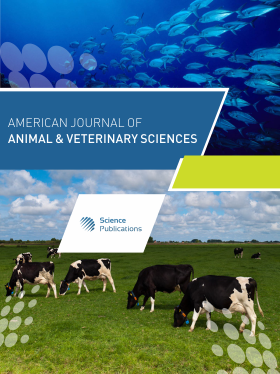Different Eye Physiology of Mud Crab (Scylla Serrata) in Different Life Stage Found in Semarang Territorial Waters
- 1 Diponegoro University, Indonesia
Abstract
Mud crabs use their eyes function to guide their movement activities i.e., to avoid predator and to support their environment orientation. In tropical environment such as Indonesia, mud crabs live in mangrove area as their habitat. To support their visual acuity, mud crabs depend on the number of con sell as photoreceptor and carapace width. The purpose of this study is to prove whether mud crab eye physiology is different between life stages (juvenile, sub-adult and adult stadia) especially in Semarang territorial water. Histology methods were used to determine the density of cone cell on three life stages. The highest number of eye cell in juvenile, sub-adult and adult are 25, 15 and 13 units, respectively and found in frontal inner side. The visual acuity in juvenile is 6.005×10-3-7.46×10-3; sub-adult is 9.17×10-3-15.4×10-3; and the adult is 16.03×10-3-19.6×10-3. The results indicate that the increase of visual acuity follows the growth of carapace width in mud crabs.
DOI: https://doi.org/10.3844/ajavsp.2018.27.35

- 7,202 Views
- 5,248 Downloads
- 1 Citations
Download
Keywords
- Eye Physiology
- Mud Crab
- Life Stage
- Semarang Territorial Water
